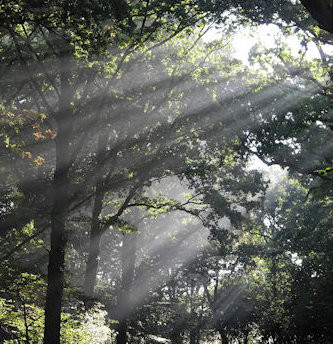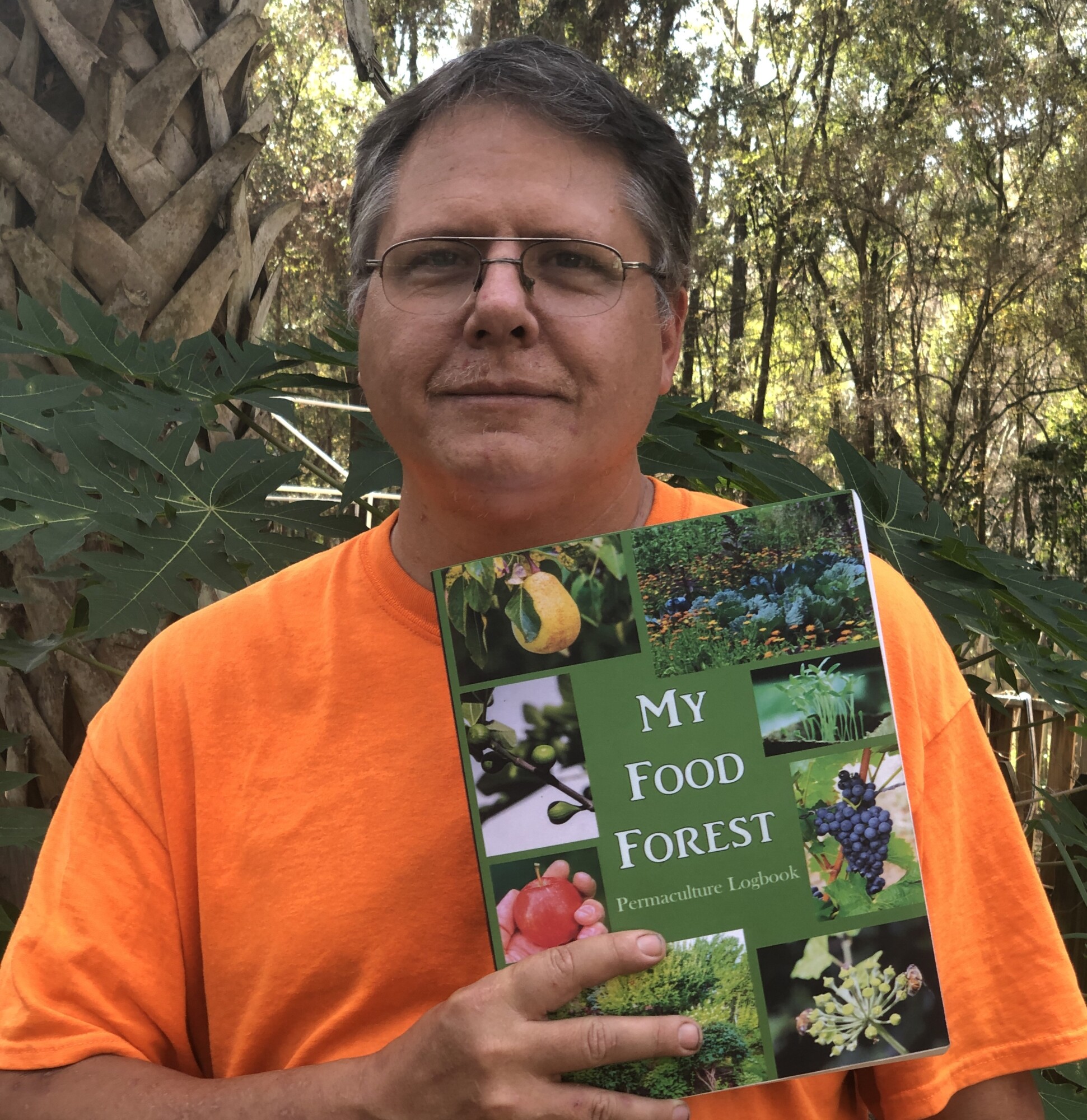As the first day of October unfolds, there's a noticeable shift in the air, signaling the transition from the sweltering summer to the more temperate fall season in Florida's Planting Zone 9. This change in weather beckons gardeners to adapt their practices to continue fostering a thriving garden ecosystem. Through a blend of observation, soil care, water conservation, and community engagement among other practices, here is some information to use as a guide on how to harmoniously align our gardening endeavors with the natural ebb and flow of Zone 9’s unique environment.

It’s been one crazy, tumultuous challenging year for us here at 1st Rate Pet Services! I had a webpage as our home page on 1stRateLife.com for awhile with the updates since it was the best way to make sure people knew what was going on. This blog post is a compilation of main ideas from the March-June, 2023 saga for anyone who didn’t catch the live version!!! Blessedly, things are calming down a bit now.

Are you looking to reduce stress and overwhelm in your life? There are simple shifts you can make to end chronic overwhelm and cultivate ongoing optimism. By staying grounded and noticing your general awareness, you can take control of how you think, feel, and act in response to the world around you. As I get older, I find that I am passionate about living in peace, wellness and simplicity. One way to do this is to be generous and giving of your time, talents, and treasure, while also setting boundaries to take care of your own well-being. Approaching life with curiosity and a child-like sense of wonder can help you find joy and meaning in everyday experiences, and living in a constant state of gratitude can enhance your quality of life in all aspects. If you would like support on your journey to end overwhelm and add optimism, please get in touch with me. Let's work together to build a life of intention and positivity.
Read more...Any reference to medicinal or culinary use of plants or plant parts should in no way be considered an endorsement by The Ocala Food Forest or its staff. Research is crucial in safe and proper consumption or experimentational use of any plant.
Hamelia Patens, also known as firebush, is a stunning plant that adds color and beauty to any landscape. This evergreen shrub belongs to the family of Rubiaceae and is native to the tropical regions of Central and South America. However, it is also commonly grown in the southern parts of the United States, particularly in Florida, where it is used as an ornamental plant. Hamelia Patens is popular for its brilliant red-orange flowers that bloom all year round and attract hummingbirds, butterflies, and other pollinators.
Any reference to medicinal or culinary use of plants or plant parts should in no way be considered an endorsement by The Ocala Food Forest or its staff. Research is crucial in safe and proper consumption or experimentational use of any plant.
Salvia Elegans, commonly known as pineapple sage, is a beautiful and fragrant plant that can add a pop of color and texture to any garden. This herbaceous perennial plant belongs to the mint family, Lamiaceae, and is native to Mexico and Guatemala. The plant is named after its distinctive pineapple scent and flavor, which makes it a popular addition to many culinary dishes.






